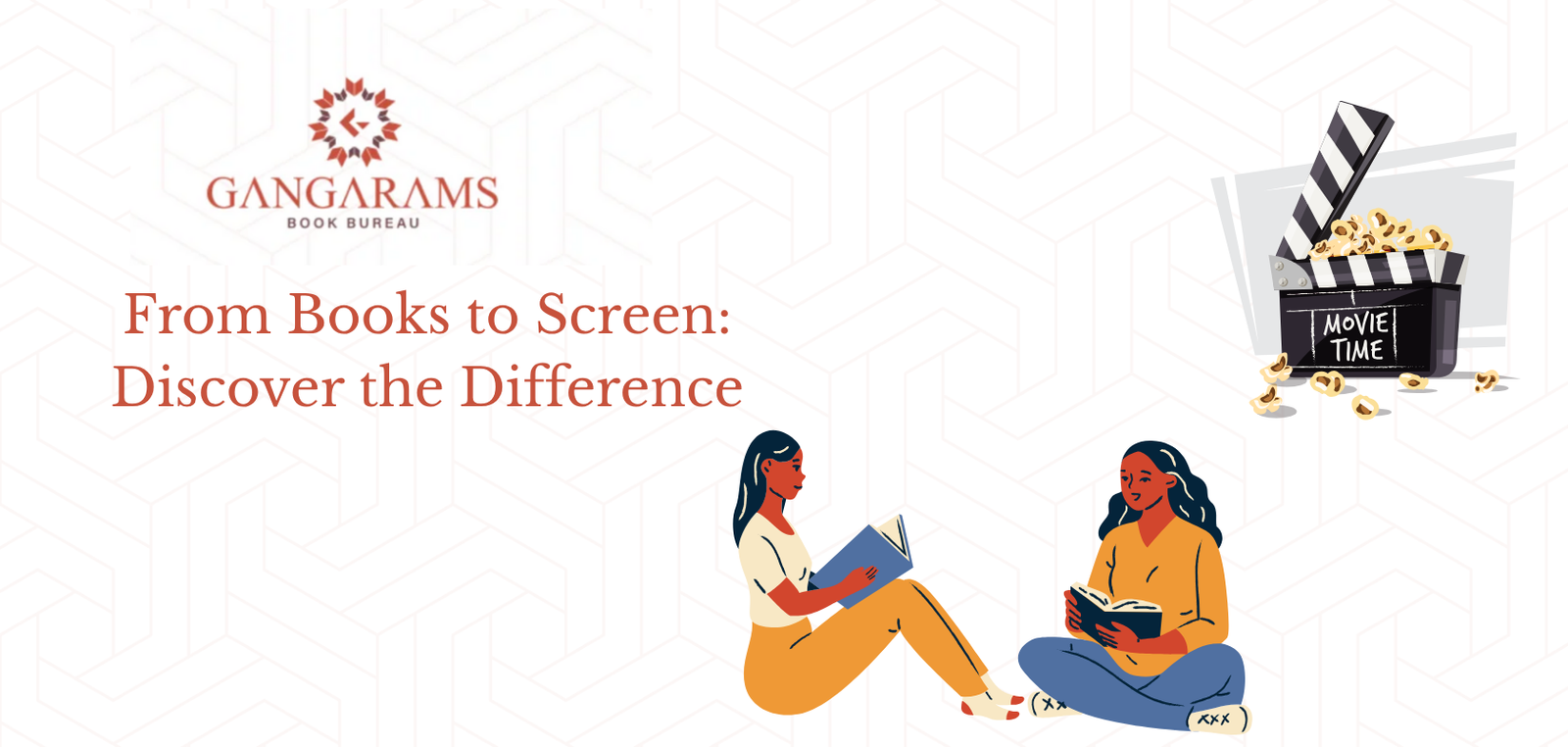
From Pages to Screen
As new films and TV shows based on beloved books hit our screens, we face the timeless question: “Should I dive into the book first, or wait for the movie?” At Gangarams Book Bureau, we believe there’s a powerful case for reading the book before watching the adaptation. Books give you deep character thoughts, back-stories and imaginative space that films often compress. Reading first lets you build your own world—and then enjoy how the movie brings it to life in a whole new way.
In this post, we look at 8 standout books-turned-films/series. You’ll find why reading the book first makes a difference — and what you’ll spot when you watch the screen version afterward. Whether you’re a reader or a viewer, your next movie night just got a cool reading list.
1. Harry Potter and the Goblet of Fire by J.K Rowling

Why read first: The book is rich in subplot, characters and detail — many parts had to be cut or compressed in the film to fit the runtime.
Key differences: The film removes characters like Ludo Bagman and Winky, skips large portions of the Quidditch World Cup and alters certain scenes (e.g., Dumbledore’s reaction) for pacing.
2. Lord of The Rings – The fellowship of the Ring by J.R.R Tolkien

Why read first: The novel offers layers of myth, songs, poems, world-history and characters that the film trims for clarity.
Key differences: The removal of Tom Bombadil and parts of the Old Forest sequence; some character arcs and timelines are compressed
3. It Ends With Us by Colleen Hoover
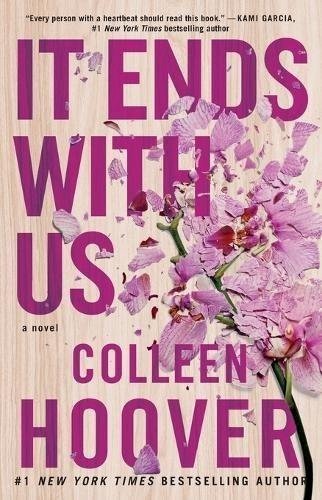
Why read first: The book contains emotional depth and character introspection which might not fully translate in the film medium.
Key differences: In the film adaptation, some minor characters are omitted and certain plot points (e.g., character ages, restaurant name) are changed
4. The Giver By Lois Lowry
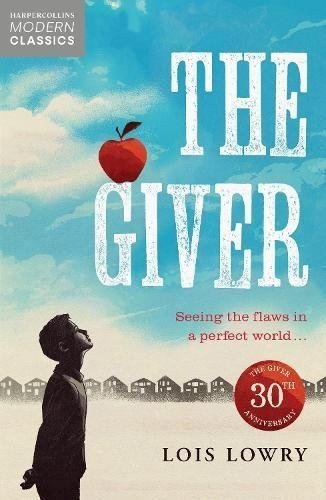
Why read first: The book’s themes of memory, loss, individuality vs conformity are subtle and complex — deeper than many viewers might get from the adaptation.
Key differences: Critics say the film loses much of the book’s nuance and depth.
5. The Woman in Cabin 10
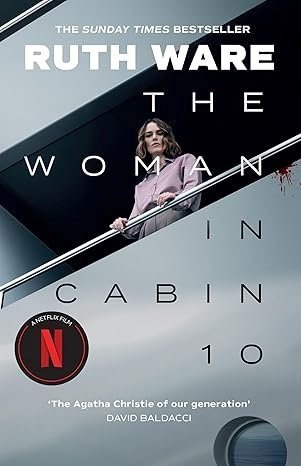
Why read first: A thriller novel built on suspense and internal narration — reading lets you sense the build-up.
Key differences: The film adaptation changes the narrator’s trauma, escalates action scenes, and adjusts character roles to heighten cinematic tension
6. The Hunger Games by Suzanne Collins

Why read first: The book dives deep into Katniss’s point-of-view, the political universe, and the emotional stakes — which helps when watching the film.
Key differences: While the films are fairly faithful, some internal details, shorter timelines and character complexity are reduced for visual clarity
7. Cloud Atlas by David Mitchell

Why read first: Multiple narratives spanning genres and times, with rich connections — reading helps you trace them before seeing the film’s interpretation.
Key differences: The film condenses and reorders stories; the book’s complex structure is much more expansive.
8. The Notebook by Nicholas Sparks
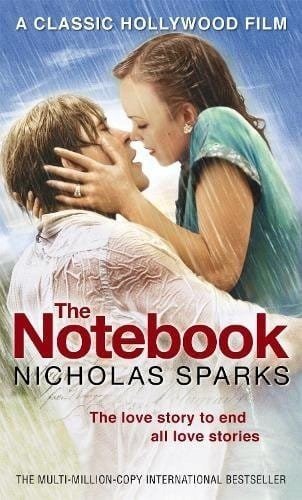
Why read first: Reading The Notebook first gives you a richer foundation: you engage with Noah and Allie’s inner worlds, get a stronger sense of the setting and stakes, and build your own vision of the story
Key differences: The book offers more intimate scenes, broader timelines and deeper character back-stories — the film condenses many of these into fewer, more dramatic moments.
In the book Noah writes letters once a month for two years, whereas the film shows “365 letters in a year”. The book also ends more quietly, while the film gives a more visually definitive closing scene.
Choosing to read first doesn’t just mean “get the full story” — it means you engage with the author’s original vision, build your own connection, and are better placed to appreciate what the adaptation keeps and what it changes. When you then watch the movie or series, you’ll find a richer, more layered experience — and you’ll often notice subtle shifts (good or bad) in how the story is told on-screen.
